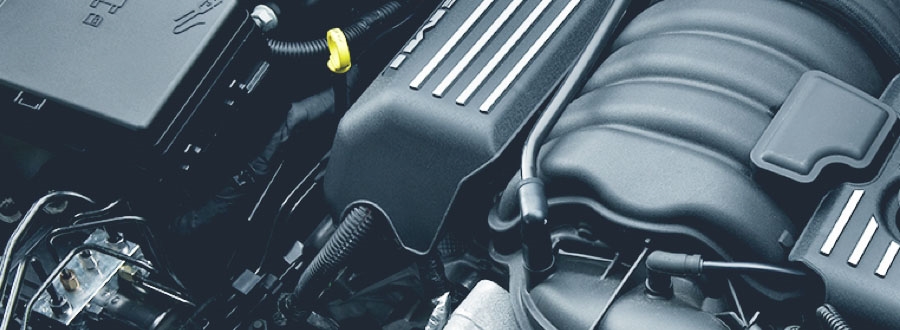
OEM vs. Aftermarket Parts: What’s the Difference?
When your car needs new parts, you have a choice between two different kinds: original equipment manufacturer (OEM) or aftermarket parts. Both will likely fix whatever problem you have, but they’re not quite the same. Let’s look at how these two types of parts differ from each other and why you would choose one type over the other.
Defining OEM and Aftermarket Parts
What Are OEM Parts?
Original equipment manufacturer parts come directly from the manufacturer that made your car. If you have a Jeep, those parts come directly from Jeep (or Mopar, which is the company’s official parts division). You can usually only acquire these parts from a dealership like McCarthy, or direct from the manufacturer themselves. They may be a bit more expensive than aftermarket parts, but they’re also often better quality, too. They usually come with a competitive warranty and information on how long they should last as well.
What Are Aftermarket Parts?
An aftermarket part, also known as an alternative part, is any car part that is sourced from a company that isn’t the car’s original equipment manufacturer. These parts are usually less expensive than their OEM counterparts, but their quality isn’t always assured. They aren’t really regulated at all, so anyone can create one of the parts without meeting any kind of quality standards. Since they can come from anywhere, they often don’t come with any kind of warranty or any information about how long they should last inside your car.
Do OEM Parts Last Longer Than Aftermarket Parts?
There’s never a guarantee for how long a part will last, but it’s generally agreed that OEM parts are more dependable than aftermarket.
Because aftermarket parts aren’t regulated and don’t have warranties or information about their lifespans, it’s hard to tell how long they will last. In contrast, OEM parts usually come with a proven track record and lots of information from the manufacturer and your dealership about how long you can expect them to last. So, the question isn’t necessarily which one lasts longer, but which one has some kind of guaranteed lifespan. With OEM parts, you can determine whether a part will last one year or three years, but with aftermarket parts, you often simply don’t know what you’re getting.
When to Use OEM Parts or Aftermarket Parts
It’s best to use OEM parts in most cases, but this is especially true if your car needs new parts after an accident or collision. Why? Well, OEM parts are made to fit specific car makes and models, so they can perfectly replace damaged parts, especially exterior parts like body panels.
You should try to avoid aftermarket parts as much as you can because you can’t be sure of the quality of what you’re getting. However, if you become familiar with an aftermarket brand that provides quality products, you may choose to use those. But remember, aftermarket parts can lower your car’s resale value. Overall, it’s best to use aftermarket parts only as a last resort if an OEM part is not available at all, or if the vehicle is already quite old and you want to buy the cheapest parts available.
Where to Buy OEM Parts in Lee’s Summit

If you’re looking for OEM Parts in the Kansas City area, McCarthy Lee’s Summit can get them for you lickety split. We provide OEM parts for Jeep, Ram, Chrysler, and Dodge vehicles, and we use them exclusively as part of our certified service offerings.
Whether you’re looking to upgrade your Wrangler with a dependable lift kit, or just looking to fix a minor bug in your old Chrysler, contact us online or call our parts department at (816) 317-0041.
